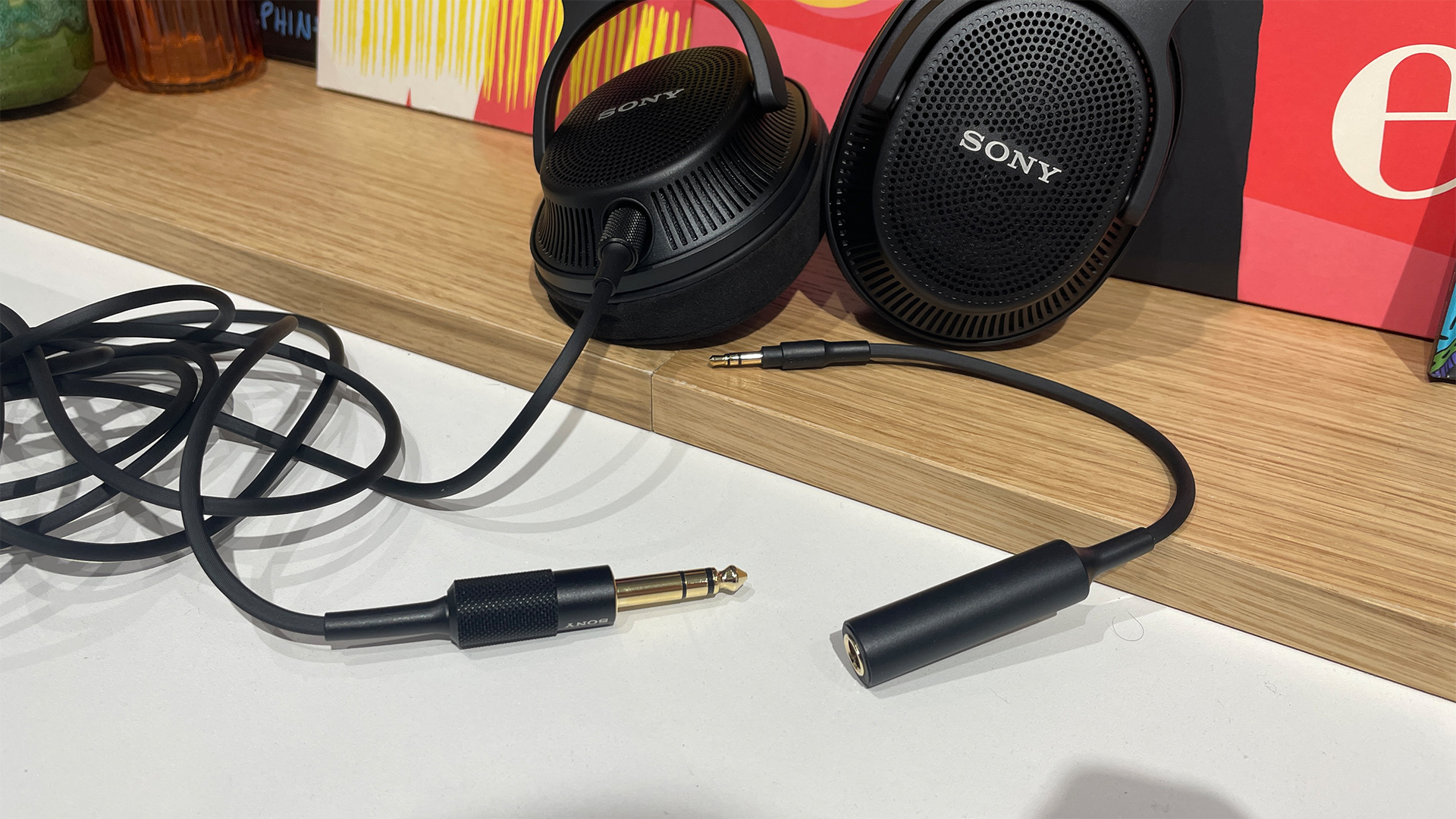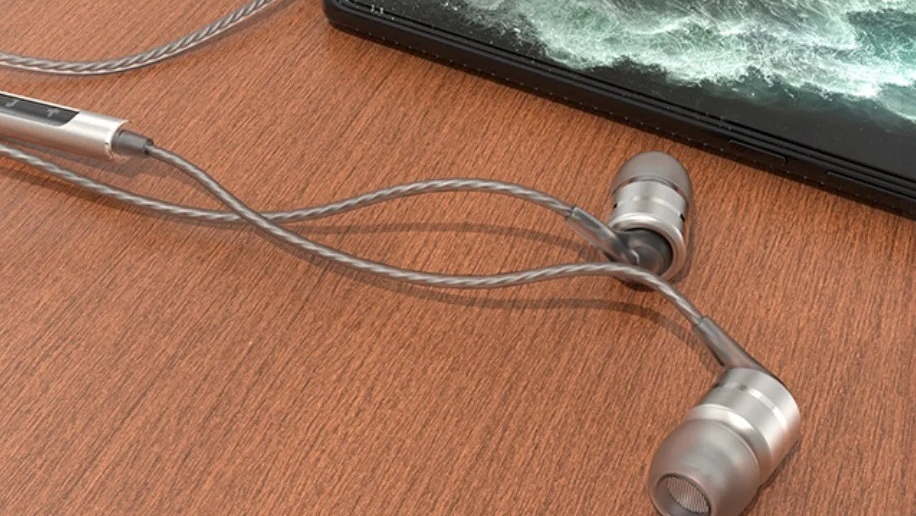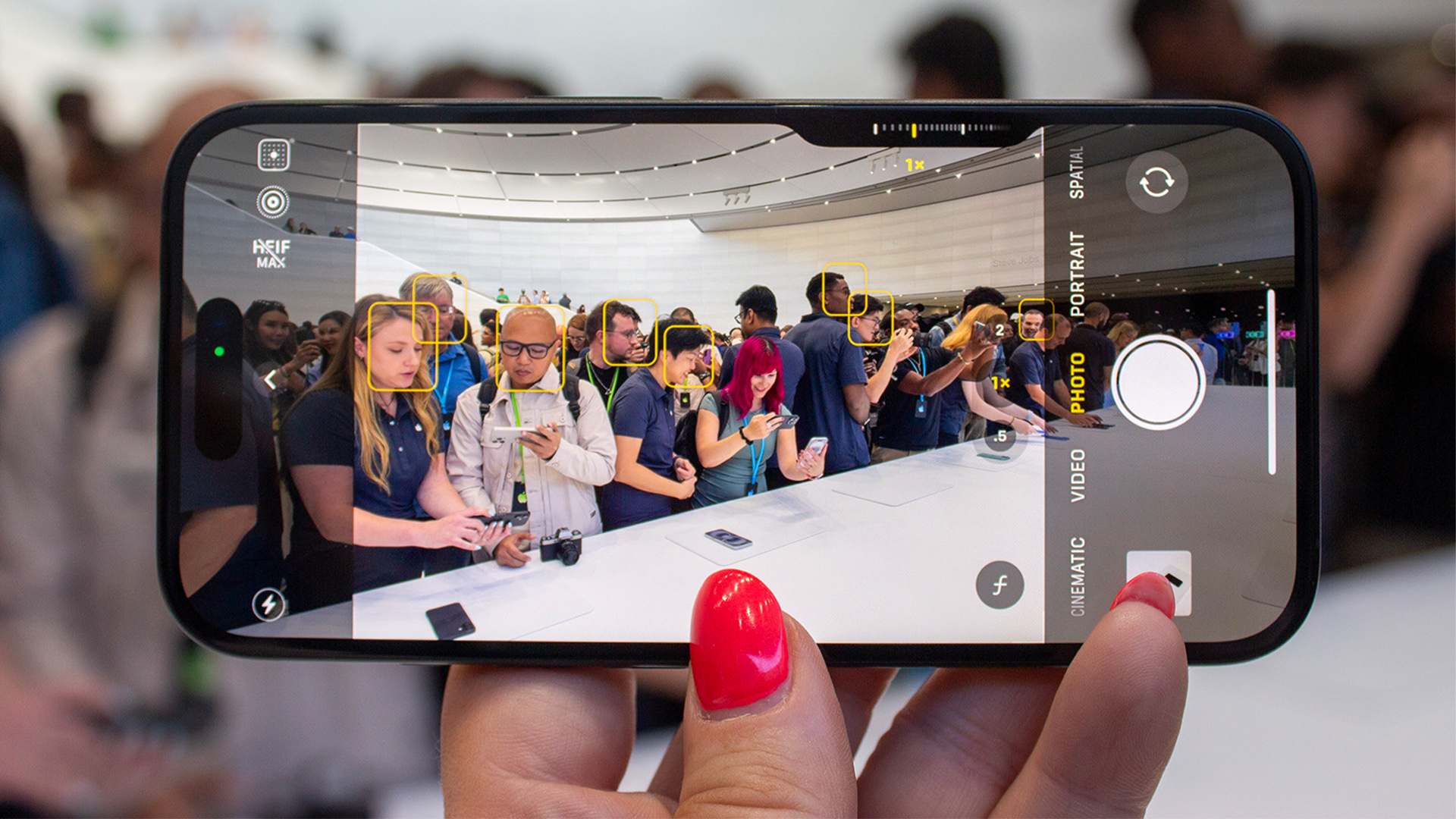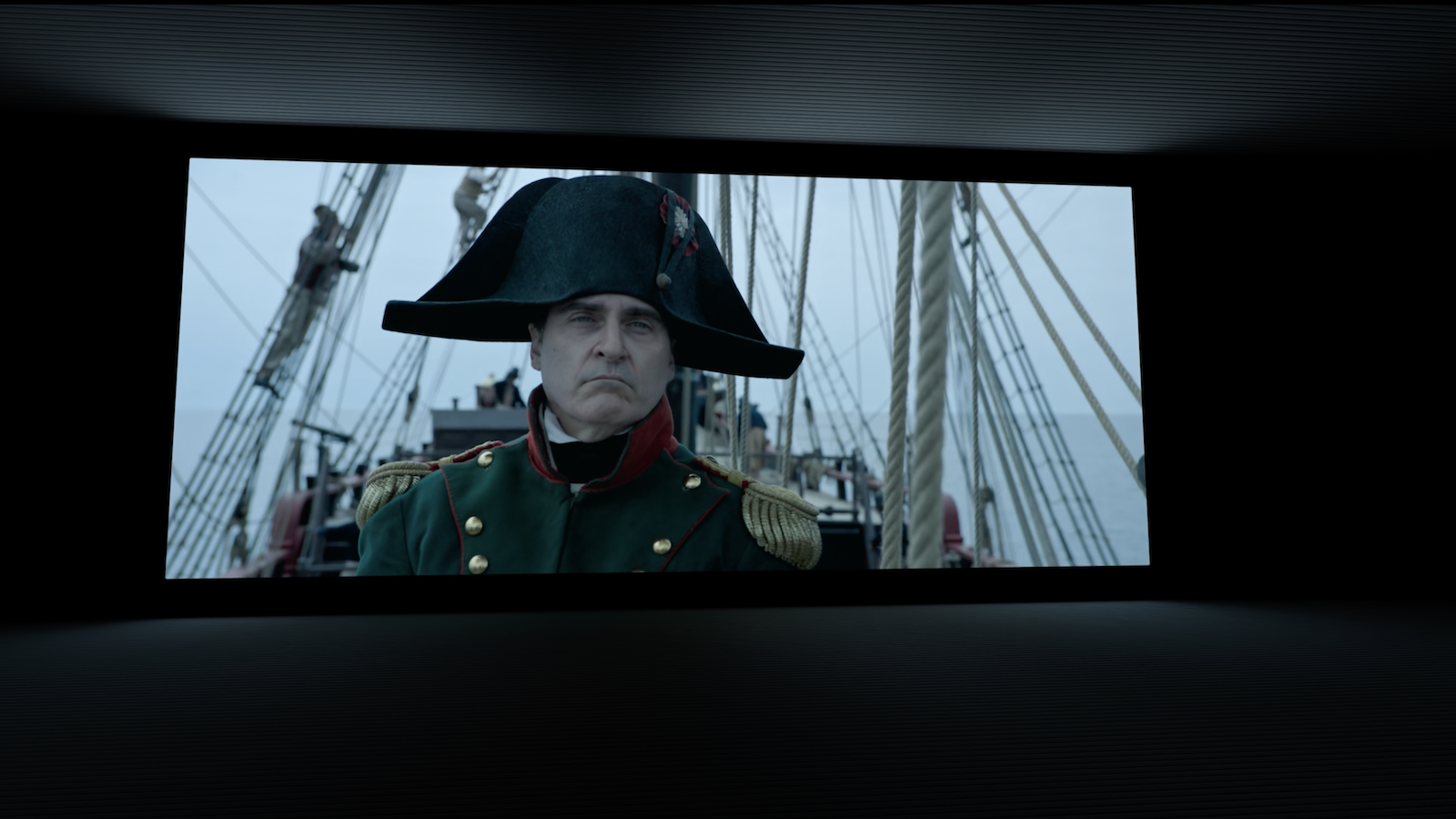
I know the path to the future rarely runs smooth. There will be bumps along the way, and for every two steps forward there's a necessary step back. But lately it seems like the future I was promised just got that bit further away.
I refer to two bits of news that caught my eye recently. First, wired headphones are now in fashion among people who care about that kind of thing, and second, Apple has added buttons to its latest iPhone, instead of taking them away.
More buttons? And a headphone cable to snag your arm every time you take something out of your pocket? This is not the future I signed up for.
Wired for sound

Not that I'm against wired headphones, of course – far from it. For a dedicated listening session where you don't want to disturb those around you, nothing beats a wired pair. I can see why people like them on the move, too. Because they're attached by a cable, you're less likely to lose one. And they never die on you – as supermodel Gigi Hadid recently said in an episode of Vogue magazine's In The Bag YouTube series: "Who wants to charge their AirPods?"
It's catching. Reports abound that Gen Z are buying wired headphones in their droves, partly because they like their retro appeal. Of course it helps that wired headphones are usually cheaper than their wireless equivalents, and because they don't need to be charged, they require less energy, making them cheaper in the long run while also better for the planet.
But on the whole, I'm not "team wired headphones", to use Hadid's phrase. And for good reason – convenience. Not only do a wireless pair not catch on your arms, they don't get tangled up in your bag either. Think of all the features you'd miss out on too, like multipoint Bluetooth (which lets you switch seamlessly between wireless devices without having to re-pair each time), ambient mode, and active noise cancellation (ANC) in general. These are all real innovations which are either made possible by wireless tech, or mostly the preserve of it (how many wired ANC pairs have you seen lately?). For me, there's no going back.
The only thing that could tempt me back to a wired world would be a pair of the best audiophile headphones. If I could afford a pair of Focal Clear Mg (and a dedicated listening room to go with them) I would gladly forego wireless convenience. Now that's a future I can buy into.
Finger on the button

Next, buttons. Eight years after Apple had the "courage" (to use its phrase) to drop the headphone jack from the iPhone, it's now added a new button: Camera Control. (Giving it that name, rather than Capture – as was widely rumoured – certainly takes courage. As does lasting an entire interview without once using the word "button.") Pressing it opens the camera app – it's a quicker way of taking a photo without having to unlock your phone.
Of course, it's all a matter of context. It makes sense to add a button to the iPhone if it's the best option for the task. And in the context of activating the camera, it is.
Until the Camera Control button came along on the iPhone 16, you had to wake the phone and either swipe left or hold down the camera button on the lock screen in order to take a photo. Given that it's a frequently-used feature (especially among people with pets and small children, eager not to miss the moment), a button is a much more functional approach. It's one action instead of two.
Apple isn't the only one embracing buttons. The Sonos Ace used them over touch controls, much to their credit. Again, it's all about context – touch controls are fantastic when you can see your presses register (on a touchscreen, say), but not when the controls are out of sight (on a pair of headphones you're wearing). In that case, you can't beat the satisfying click of a button, no matter how old fashioned it might seem.
Apple knows this only too well. Despite being four years old now, the AirPods Max still have some of the most elegant controls around, largely thanks to their dial that's inspired by the Apple Watch's digital crown. In our original review, we noted that it's "a particularly neat and intuitive solution... a tactile joy". That's because it combines all sorts of functionality – volume, playback controls, the Siri personal assistant – in a simple dial. It's the best solution to the problem, and that's why the firm didn't change it for the recent AirPods Max refresh.
Adding a button, rather than taking one away, may seem like a retrograde step, but for this purpose it's a smart move. Even if Apple can't quite bring itself to call it a button.
Horses for courses

Ultimately, it comes down to what works for you. People of my age (Millennial, but only just) were brought up to believe we would all have hoverboards and flying cars, and that buttons and wires would go the way of the fax machine. I guess what these recent developments show is that there's no rush to get to the future. Maybe one day we will all be watching films on a virtual 100-inch screen via our Apple Vision Pro headsets, but until that's a feasible and affordable option, a 65-inch LG C4 will do just fine, thanks.
Whatever lets you enjoy your music and movies best gets the thumbs up from us. We're not here to tell you one type of device is better than another, just to help you buy the best of whichever type fits your needs. As easy as Hadid would be to mock for her "team wired headphones" comments, she makes the point in that same interview that AirPods are a choking hazard for a small child – a wired pair obviously works for her, as they do for many people, for all sorts of reasons. And that's fine.
Maybe we need to get away from the fixed version of future tech that we've been sold, and embrace the idea that the best way of interacting with your movie- and music-playing device is whatever works for you, in the here and now.
MORE:
Check out the best wireless headphones
iPhone 16 vs iPhone 15: should you upgrade?
I've heard the future of wireless audio – you might never miss a flight again







